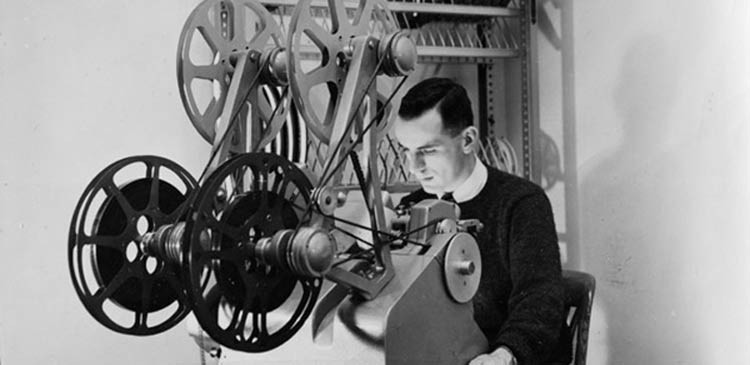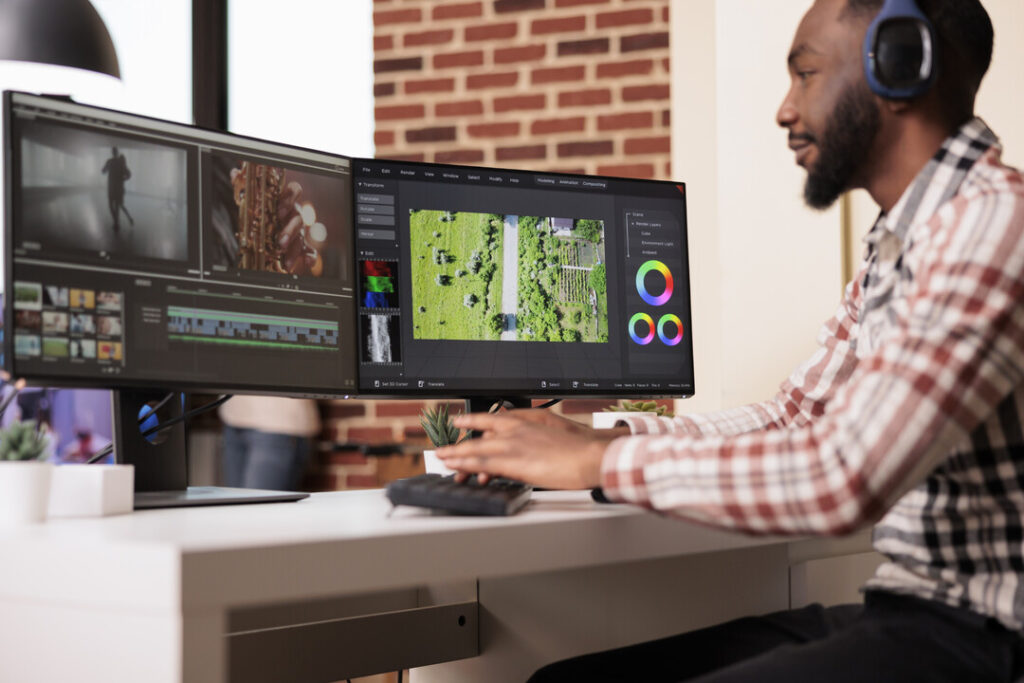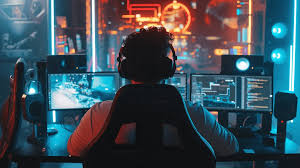Table of Contents
As the world develops, video content is undoubtedly a part of life. Although the conventional way of presenting ‘the video’ has changed today, videos are customised to the satisfaction of the end audience, supporting video editing. It is evident then that video editing is not merely piecing together different scenes into the final edit. Also, it is a profession and an art that entertains and sells.
The Evolution of Video Editing

In the age of cinemas, videos were edited at the earliest stage of video recording, but it began strictly at the beginning. Firstly, they worked with actual film tapes and a blade. With the appearance of digital technologies, the situation changed for the better. Now, programs such as Adobe Express video editors, Final Cut Pro, Avid Media Composer, etc., are making significant changes in the video editing field and offer many instruments for more accurate and creative editing.
The Role of Video Editing in Storytelling
- Video editing is an essential power of storytelling in films and television since a story may be narrated by words or images edited together. Video editing assists the audience in processing the events and characters in the story by allocating the right timing, movement and aesthetics to them. When wielded well, video editing can make the footage as enjoyable as other persuasive stories to the audience. Here are some points about the video editing that tell stories more efficiently:
- Pacing and Rhythm: The video editor is temporally responsible for the piece during editing. The viewers are much more thrilled when there are more intense cuts. At times, pace can escalate tension or activity, while it can be used to set up coolness at other moments.
- Continuity: It is important to note that the audience’s suspension of disbelief must be carefully guarded to ensure continuity. In the instance detailed above, the editor’s adherence to lighting, camera, and character placement made it possible.
- Emotional Impact: Editing often concerns itself with the emotional effect that can be had on the audience compared to the contact of a scene at hand. Choppy editing, collectivism, and transitions have enough capacity to move an onlooker’s feelings into an anticipated attitude.
- Visual Storytelling: Instead of capturing the audience’s attention with words, editors try to achieve it through images in a silent narrative. Allegories, images, and a cascade of images can indeed be used effectively to enrich the storyline and immerse the audience in it.
Techniques and Tools
- Today’s video editing applications have various options and tools that improve the editing process. Some of the most common techniques include:
- Color Correction and Grading: Editing the colors and lighting used in the video can improve its beauty. Color grading can also create the right mood in certain scenes.
- Sound Design: Designing the sound of the video is also essential to extending its effectiveness. Editors and sound designers cooperate to match image, sound, and narrative.
- Special Effects and Transitions: Adding special effects and transitions to the video infuses extra creativity and activity into the individual clips. Still, these should be used in moderation so as not to distract from the storyline.
- Motion Graphics and Animation: Adding motion graphics and animation enhances the audience’s interest and the information being conveyed. These are very effective in training videos, business presentations, and explainer videos.
The Future of Video Editing

There is a high expectation that new factors and technologies will further innovate the video editing process. Progresses in artificial intelligence and machine learning are gradually being incorporated into video editing software, which allows automatic color correction, facial detection, and shot creation with the help of AI tools. New aspects of video editing are also being made in virtual and augmented reality technologies, which raise new problems and new prospects in the work of editors.
Conclusion
Beyond the technique, video editing is an art that requires extensive creativity and imagination. It is truly essential to the content and emotions encapsulated in the video. Because of technological trends, the extent and scope of video editing can never be exhausted. If you are a professional video maker or will soon be one, perfecting the usage of video editing tools will give you ways to express creativity and tell exciting stories.






